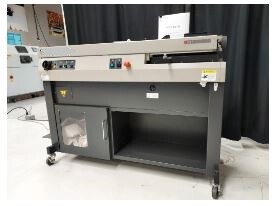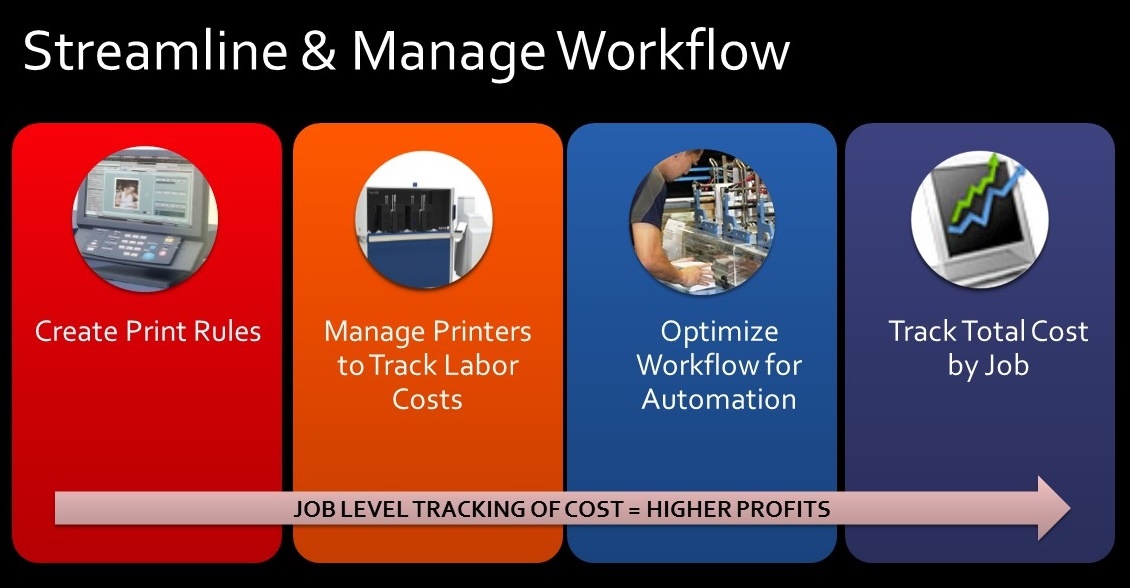Streamlined mailing processes can unlock improved efficiency and cost reductions for print service providers and in-plant print operations. Enhancing these processes can drive increased productivity, shorten turnaround times, and elevate customer satisfaction.
For print operations, the journey toward optimizing mailing processes involves focusing on aspects such as quality control, postage rates, and personalized direct mail. Emphasizing efficiency can lead to substantial benefits.
Integrated mailing operations strengthens the operational workflow. Applying data analytics for targeted mailing campaigns and automating workflow processes decreases manual interventions, resulting in a smoother operation. A thorough understanding of postal issues, combined with strategic use of software and hardware, can revolutionize the way print service providers and in-plant operations handle their mailing tasks. Updating the mailing operation can convert a dreaded chore into a customer satisfaction strategy and a new revenue source.





